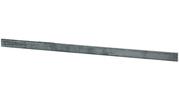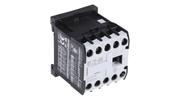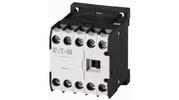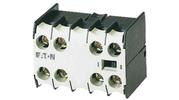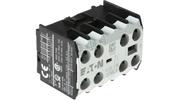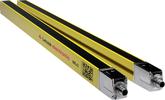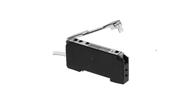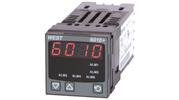Работаем с юридическими лицами, бюджетными организациями, ИП
По вопросам приобретения товара пишите на info@chiply.ru
Eaton Enclosed Isolator Switch_x000D_
Eaton's isolator switch can sometimes be referred to as a switch disconnector, this is because it has been created and designed to safely isolate a circuit whilst it is being used or maintained. This isolator switch breaks or isolates a circuit through the rotation of the rotary handle and locking ring. This type of non-fused isolator switch will be found isolating circuit breakers, transmission lines, transformers and a multitude of other applications._x000D_
Features & Benefits_x000D_
The perfect solution for installing as a safety measure_x000D_
Used as an emergency switching off/emergency stop device_x000D_
The basic functions: used as a main switch, maintenance switch or manual override switch_x000D_
Thermoplastic, high impact surface mounting enclosure with an IP65 rating - this means that the enclosure part of the isolator has ingress protection against dust and is also protected against low-pressure jets of water that comes from all directions_x000D_
Built-in earth commoning block_x000D_
Lockable in the 0/OFF position, with up to three padlocks_x000D_
Totally insulated_x000D_
Red rotary handle and yellow locking ring, providing an aesthetically pleasing finish_x000D_
What is the difference between a fused switch disconnector and a non-fused switch disconnector?_x000D_
Unlike fused switch disconnectors, a non-fuse isolator switch does not use a fuse to break or put a circuit into isolation, they instead use a rotary to disconnect or isolate a circuit._x000D_
Note_x000D_
Switch power/capacity refers to AC23A use at 380-440V_x000D_
Eaton Side Mount 1NO/1NC Auxiliary Contact - HI11-P1/P3Z_x000D_
This auxiliary contact is specifically designed for use with the Eaton P1 and P3 series of Switch-Disconnectors._x000D_
Eaton's devices are compliant with the ErP directive meaning its energy-efficient options provide the potential for very significant savings in operational costs and will help you use energy in a more reliable, efficient, safe and sustainable way._x000D_
Late-break switching-on behaviour, early-make switching-off behaviour_x000D_
The N/O is always connected as a load-shedding contact_x000D_
For left and/or right side mounting_x000D_
Screw type connecting terminals_x000D_
Contact current rating of 10 A_x000D_
Contact voltage rating of 500 V ac_x000D_
Applications:_x000D_
Auxiliary contacts can be used across a multitude of applications, users will commonly find these contact blocks being used within industrial applications such as electric motor starters, control systems, control, power circuits and electrical signalling equipment._x000D_
How do Auxiliary Contacts work?_x000D_
An Auxiliary Contact block, or aux contact, is an electromechanical device that is mounted typically to contactors. They are physically connected to the contactor, with simultaneous activation and deactivation applying to both the contact block and the contactor at the same time._x000D_
Auxiliary contacts can be installed onto contactors either by front mounting, or side mounting. This is usually clear in the shape and size of the product, but please check the compatibility of your devices. Aux Contacts are really useful devices to aid in keeping an eye on the contactor.
Наш менеджер свяжется с вами в ближайшее время


